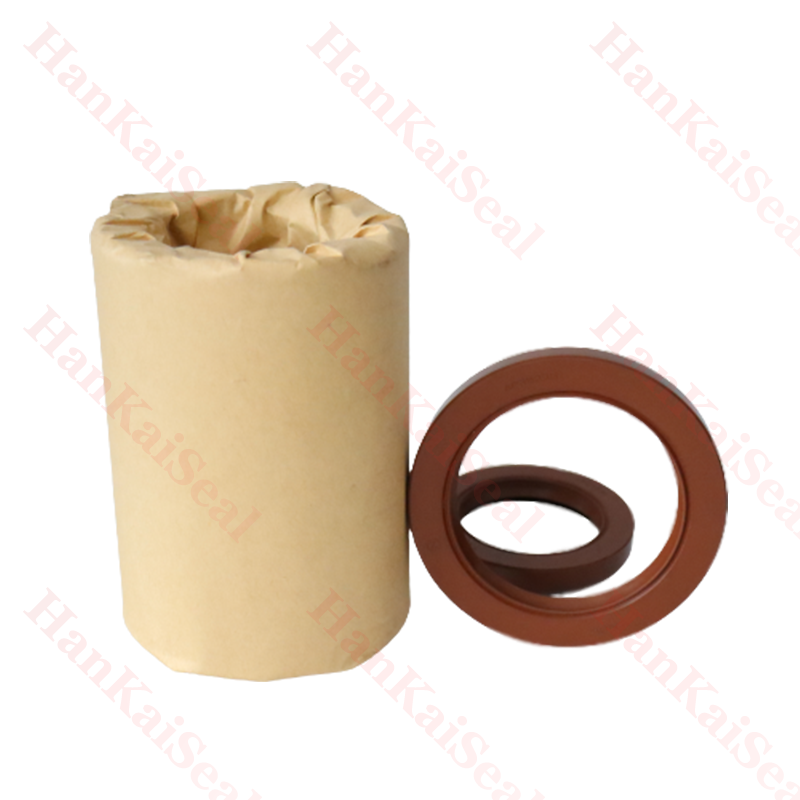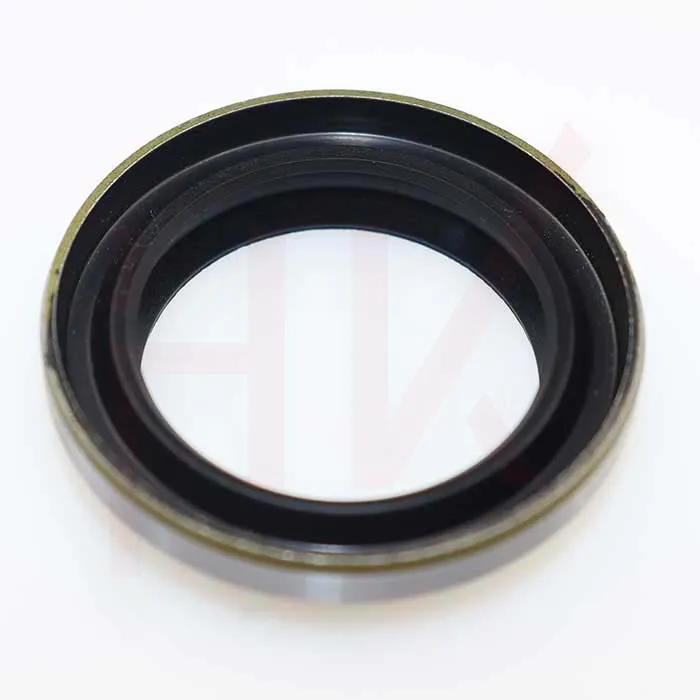កុម្ភៈ . 15, 2025 07:28 Back to list
Standard Hydraulic DKB Type Dustproof Wiper Oil Seal


User experience plays a crucial role in the ongoing evolution of single-acting piston seals. Field data provides invaluable insights into real-world performance, leading to iterative improvements. Feedback from engineers and end-users is instrumental in enhancing material compositions and seal configurations. It’s not uncommon for field reports to highlight areas for improvement, such as the need for greater pressure thresholds or enhanced resistance to hazardous chemicals. Expertise in the field of single-acting piston seals is marked by a deep understanding of hydraulic system dynamics. Professionals in this domain leverage theoretical knowledge and practical experience to devise sealing solutions that optimize machinery performance. Specialized training in fluid dynamics, materials science, and mechanical engineering underpins the design and application of these seals, ensuring they meet the specified requirements for various applications from heavy industrial machinery to precision medical devices. Trust in single-acting piston seals is cultivated through rigorous testing and certification processes. Reliability tests simulate real-world conditions to validate seal integrity, performance, and lifespan. Manufacturers often engage in partnerships with independent testing agencies to verify product claims, bolstering consumer confidence. These certifications not only affirm the quality of the seals but also enhance their market reputation. In conclusion, single-acting piston seals are fundamental components in the quest for mechanical precision and efficiency. Their adept design and application reflect a confluence of expertise, experience, and reliability, integral to a wide array of industrial operations. As technology continues to advance, so too will the innovation surrounding these seals, reinforcing their status as trusted elements within the mechanical and engineering sectors. Pioneering research and development in this area promise continued enhancements, underlining the critical importance of these components in modern machinery.
-
The Trans-formative Journey of Wheel Hub Oil Seals
NewsJun.06,2025
-
Graphene-Enhanced Oil Seals: Revolutionizing High-Pressure Oil Sealing
NewsJun.06,2025
-
Future of Hydraulic Sealing: Advanced Intelligent TCN Oil Seals
NewsJun.06,2025
-
Don’t Let a Broken TCV Oil Seal Ruin Your Day
NewsJun.06,2025
-
Bio-Inspired Dust Seals for Better Sealing Performance
NewsJun.06,2025
-
Biodegradable and Sustainable Hydraulic Seal Materials
NewsJun.06,2025
-
Top Oil Seal Solutions for Your Industrial Needs
NewsMay.22,2025
Products categories
















